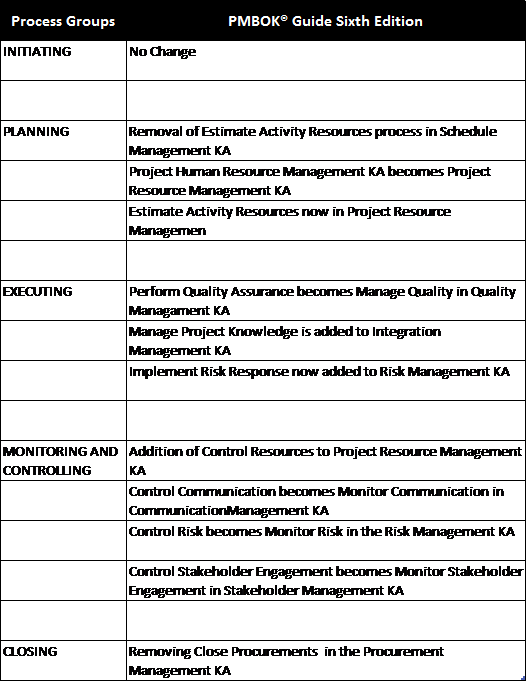Yesterday (7th March 2016), Project Management Institute (PMI) released a copy of the PMBOK® Guide Sixth Edition under review in the process of being approved as a standard. The approval process will be conducted over 2 stages; the first stage, which kicked off yesterday, is made available for full consensus review, terminates 6th of April while the second stage will only be available for limited consensus review.
Picture Above: PMtutor Delegates interpreting PMBOK® Fifth Edition using Primavera P6
According to Muhammed Ilyas, PMI REP Advisory Group member for EMEA Region, the following updates from the Fifth Edition were suggested:
- Role of project manager and relevance of PMI Talent Triangle will be discussed in a complete new chapter.
- There is an increased emphasis on documenting and transferring lessons learned.
- Resources of different types are discussed in greater detail.
- There are visual enhancements, which make it easier to identify process inputs and outputs as well as tools and techniques.
- The new edition also includes greater coverage of agile practices, requirements management and business analysis.
After reading the through the 48 pages of the Standard for Project Management called the Draft Exposure, I noticed no significant difference from the Fifth Edition. I am still perplexed why companies try to fix what is not broken for the sake of being relevant. Last year, Microsoft Corporation launched the Office 2016 Application – a full replica of the 2013 edition with the addition of an Artificial Intelligence, which has no significance impact to work performance. Now by simply removing, adding, re-arranging and changing names of processes, the Sixth Edition is born.
Table below depicts changes from the Fifth Edition to the Six Edition.
A total of 47 processes in the Fifth Edition has been reduced to 44 processes the Six Edition.
From the table, you will realize that there are no significant changes to the PMBOK® Guide Sixth Edition. Changing the name Control (Manage) to Monitor (Observe) is the most insulting of all the changes since the essence of monitoring is to take effective and efficient decision (manage). The only upside is changing the Project Human Resource Management to Project Resource Management to accommodate material and non-human resources that has calendar. Even this makes room for another change in Seventh Edition to unbundle Human Resource Management from Resource Management.
Removing Estimate Activity Resources from Schedule Management may not be a good idea because Developing Schedule of a project is primarily based on the Activity List, Activity Attribute, Activity Sequence (Network Diagram), Resource Assignments (which is the Activity Resource Requirements) and Aggregated Estimated Durations of the Project Network Diagram. However, the output of the process, “Resource Breakdown Structure” and “Basis of Estimate” may be a good fit for Project Resource Management.
In conclusion, this is a Draft Exposure.
PMBOK® is a registered marks of the Project Management Institute, Inc


